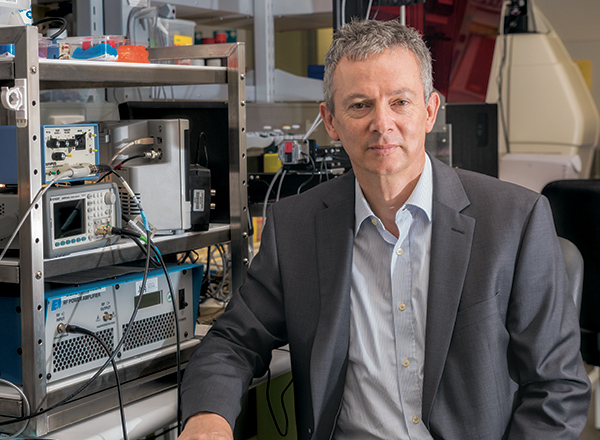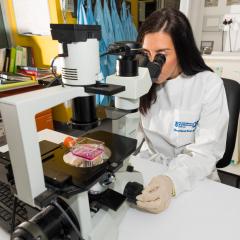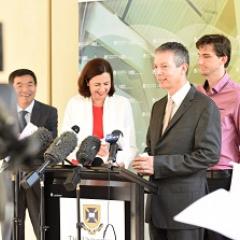Jurgen Gotz: dementia
 How did you become an Alzheimer's researcher? What drives you?
How did you become an Alzheimer's researcher? What drives you?
I started researching Alzheimer’s disease working in the pharmaceutical industry. Trained in immunology and developmental biology, I eventually changed to neuroscience. What’s driving me now is to find a solution for the staggering numbers of people with Alzheimer’s. Every day, I receive many emails from patients and relatives of those affected. While I unfortunately don't have the time to respond to all messages in person, hearing someone’s life story—about somebody who was so capable and who achieved so much in life and then suddenly found everything deteriorating—is very sad. Knowing that time is pressing for patients and families pushes us to work hard.
Your lab has previously shown that ultrasound treatment reverses Alzheimer’s disease and restores memory in mice. Is there any progress on that research?
Regarding our ultrasound research we pursue a range of complementary strategies. We’re working to translate the initial findings in mice into a therapy for patients in coming years. For that, we are doing safety trials in sheep, because we need to be sure that we can deliver sufficient energy to the brain through a thick skull in a safe way. We also need to understand the blood-brain barrier better.
Recently, we’ve also found that combining ultrasound with a therapeutic antibody targeting Alzheimer’s disease improves the delivery of that antibody to the brain. Dr Rebecca Nisbet’s research found that, in mice, using the scanning ultrasound and an antibody treatment in combination was more effective than either treatment alone in removing tau protein clumps and ameliorating cognitive impairment.
What clinical effects might the discovery have?
We’re excited about this research for two reasons. Firstly, with therapeutic antibodies currently being trialled for Alzheimer’s disease, it is known that only around 0.1% of antibodies actually enter the brain because they're blocked by the blood-brain barrier so combining their delivery with ultrasound could make treatments for brain disorders more cost-effective. An extension of the research is the possibility that ultrasound may be a suitable treatment option for other diseases of protein aggregation, such as Parkinson’s.
What is the blood–brain barrier?
The brain has capillaries that transport nutrients such as glucose and amino acids [the basic building blocks of proteins] through the blood vessels into the brain tissue. There are specific transporters for these nutrients, but otherwise the brain is very effective at preventing toxic compounds, bacteria and viruses from entering the brain.
The blood–brain barrier has different components. The blood vessel is lined with endothelial cells, which have a high resistance—not a lot of molecules pass through them. They are further sealed off by tight junctions, which keep the bloodstream largely separate from the fluid surrounding brain cells.



